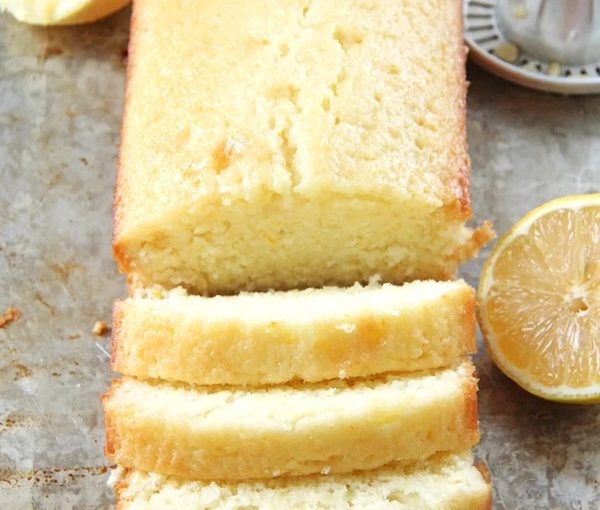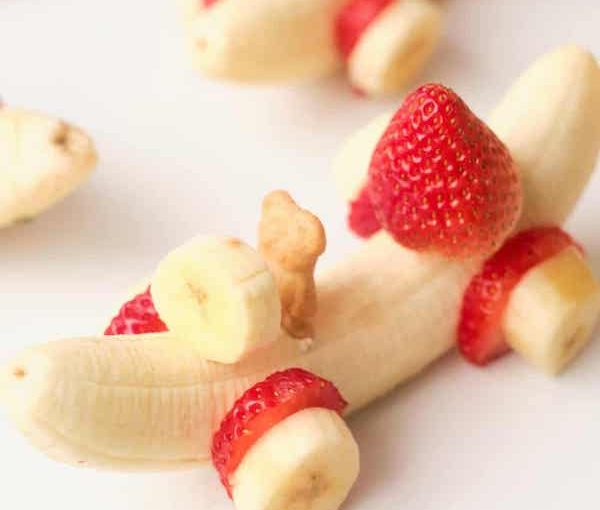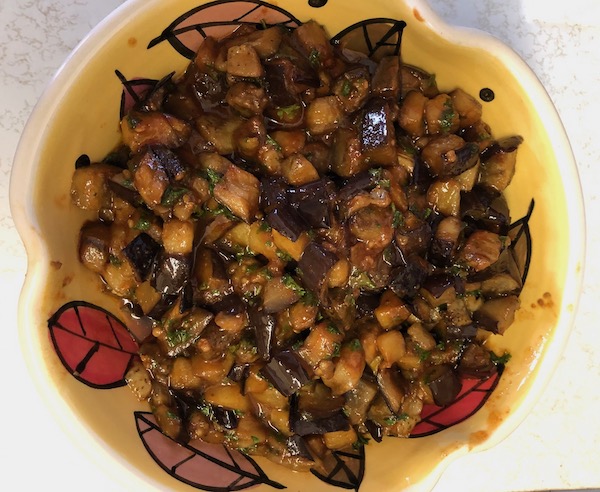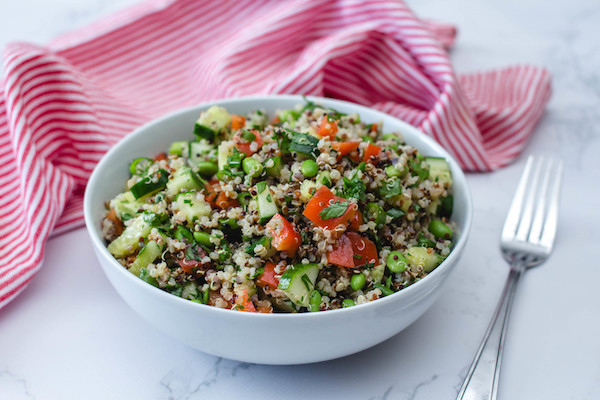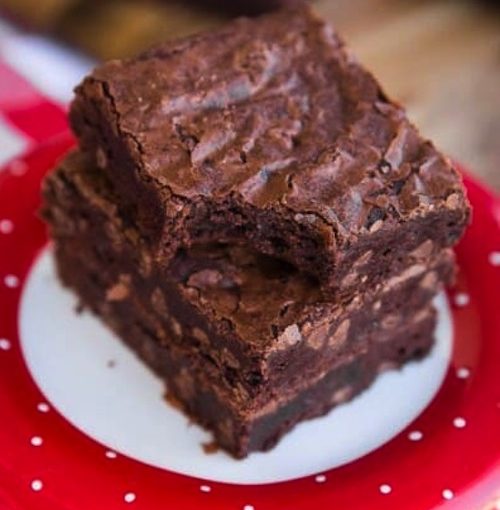The City of Vancouver’s Broadway Plan includes different ideas for different areas. This image shows the general intention for Broadway’s shoulder areas. (image from vancouver.ca)
Assuming you haven’t been hiding under a rock for the past many years, you’re probably familiar with Marie Kondo. For those of you boulder-hiders, she’s the author of The Life-Changing Magic of Tidying Up: The Japanese Art of Decluttering and Organizing. I think she’s also the genius who coined the term “spark joy.” As in: “If it doesn’t spark joy, get rid of it.” While I’d bet the farm that this thought has crossed the mind of many a wife over countless years of marriage, I believe what Kondo is referring to is the stuff that clutters our home. And, by “stuff,” I don’t mean husbands. Although, if the shoe fits….
Speaking of clutter, my husband and I recently got a shock. The apartment building I’ve been living in for the past 37 years (and Harvey’s home for the past 18 years) is on the chopping block, thanks to the City of Vancouver’s Broadway Plan. The city has ever so kindly put up a huge sign on the front lawn of our building with the jazzy-looking redevelopment plan. What is currently a quaint three-storey apartment from the 1970s is soon to become two high-rise towers (19 and 20 floors, respectively) with retail below.
This whole situation is not sparking a lot of joy. If I’m being completely honest, it’s pretty much just sparking a whack load of anxiety. Currently, we are paying the lowest rent on the planet for a large two-bedroom apartment. We will soon be faced with finding a similar-sized apartment that will easily rent for two to three times as much. Did I mention that we’re both retired? This is no pity-party; it’s just a reality that is sparking the opposite of joy.
On the topic of sparking joy, though, I am now in the process of downsizing, in preparation for having to move. Frankly, I’m surprised by the dearth of joy that is sparked as I go through 37 years’ worth of stuff. Like many of my contemporaries, I was gifted loads of my parents’ old possessions when they downsized from a house to a condo to an apartment. I’m now realizing how popular teak was in the 1960s. And, surprise of surprises, it’s making a comeback. Which brings me to Facebook Marketplace, where I am divesting myself of myriad useless possessions. One man’s trash is another man’s treasure, and all that. Turns out, my trash is pretty lucrative.
What I’m learning through this experience is that there’s very little that sparks joy for me anymore. Let me clarify. My family and friends spark a great deal of joy. My community sparks a lot of joy. But does my mom’s 1958 aluminum roasting pan spark joy? Hard no. Likewise, their teak serving tray that once did yeoman’s service at cocktail parties. No joy there. However, the Gen Zs around town think it’s a new invention and are willing to pay top dollar for it. As witnessed by the bidding war it sparked on Marketplace when I listed it. I’m continually amazed by what people will buy: used barbells, wooden boxes, old clothes, eight-year-old computer keyboards and cordless mice, and on and on. I even sold the toilet riser I bought after I had knee replacement surgery last year. (All cleaned, of course.) To date, I have sold enough stuff to buy a brand-new high-end kitchen appliance. But not enough to buy a designer puppy. Or a Honda CR-V. But still.
In the process, I have acquired a new-found appreciation for simplicity and minimalism. Decluttering has become my BFF. Never thought I’d say those words. A true dyed-in-the-wool packrat, this whole experience has been eye-opening. And, believe me when I tell you that my decluttering is sparking a tremendous batch of joy for my husband Harvey, who likes things tidy. There are areas of our apartment he’s never even seen before. “We have a walk-in closet?”
As I throw myself body and soul into my new mission, I realize it’s taking a toll on my balabustaness. I’m so focused on getting rid of things that I sometimes lose track of time. “Oops, it’s dinnertime already? Guess we’ll just have to order in.” I have (in my head) committed to homemade meals at least five days a week. The other two days are catch as catch can. Read: tuna melts, scrambled eggs or takeout. OK, read: takeout. We’re supposed to be supporting the economy, right?
On the topic of balabustaness and cooking, did I mention that, due to health challenges, my husband has to be on a strict low-salt diet? And he also has to avoid high-potassium foods. Which makes being the Accidental Balabusta way less accidental. I’m practically the Intentional Balabusta now. But, oh, how I love a challenge. Think DASH diet, blah, blah, blah. Which is exactly how low-salt or no-salt food tastes. Blah, blah, blah. Consequently, I’ve enlisted countless heads of garlic, jars of spices and armloads of herbs. Onions would solve multitudinous culinary conundrums, except that onions and I are not on speaking terms.
As I scour the internet for low-salt recipes that don’t taste like sawdust, I am truly underwhelmed. Surely, we’re not the only family who is sodium-challenged yet appreciates flavourful food. Maybe we are. If anybody out there in Balabustaland has some delicious low-sodium recipes, please feel free to share with me.
On another health-related note, my husband recently had prostate surgery, and I’ve been given to understand that high-protein foods promote healing. Thing is, his appetite has diminished quite a bit since his surgery. He’s asking for light comfort foods, like eggs and soup. When I inquired what kind of soup he fancied the day he got out of hospital, my humorous hubby replied: “Leek.” I chose not to dwell on that unfortunate pun. He may have had his prostate removed, but he certainly hasn’t had a humour bypass. I settled on chicken soup.
But, like Harvey said, there’s a lot of humour in this whole prostate situation, if you ignore the pain. For instance, at Harvey’s first post-op visit to our GP, the doctor asked how Harvey’s was doing. To which Harvey replied: “Depends.”
Stay tuned for more on decluttering, salt-free cooking and, well, probably leakage. To those of you who have a urologist on speed dial, urine good hands.
I’ll see myself out.
Shelley Civkin, aka the Accidental Balabusta, is a happily retired librarian and communications officer. For 17 years, she wrote a weekly book review column for the Richmond Review. She’s currently a freelance writer and volunteer.


